Removable partial dentures are composed of a metal framework with plastic teeth and gum areas where teeth are missing. The framework includes metal clasps or other attachments, which hold the denture in place. Partial dentures are removed easily for cleaning.
Clasps are a part of the partial denture framework that fit around neighboring natural teeth. These teeth may require shaping to help hold the clasps and keep the denture securely in place.
Alternatives To Partial Dentures
Partial dentures are not the only means of replacing a missing tooth.
Below are two other tooth replacement options that will outlast a partial denture and provide a more durable solution.
Dental implants are a permanent alternative to partial dentures and bring additional benefits that dentures cannot provide. Dental implants will actually replace the entire tooth (the tooth root as well as the crown), which eliminates bone deterioration and brings the same strength and durability as your original tooth.
Fixed bridgesare another tooth replacement option that is a better solution than a partial denture. A bridge is composed of crowns on teeth on either side of the missing tooth that hold the replacement tooth. It is cemented to the teeth so it does not have be put in and taken out. Most bridges are cheaper than dental implants but do not offer all the same benefits when compared to replacing a missing tooth with an implant.
Why A Partial Denture?
A partial denture may not be the best option for replacing missing teeth but it is the least expensive tooth replacement option when compared to a dental bridge or a dental implant.
Benefits include:
- Restore some biting and chewing ability
- Better speech and pronunciation vs. having no teeth
- Restore physical changes in your face, mouth and lips that were present without teeth
- Bring back a more attractive appearance when smiling
The Cons of Partial Dentures
Partial dentures are the cheapest form of replacing missing teeth but they are not necessarily the best option. Here are a few downfalls that occur in nearly every situation when it comes to partial dentures:
Adjustments & Re-fitting & Replacement
Throughout your lifetime, dentures will need to be replaced and adjusted, which can become time consuming and expensive. It is a simple fact that dentures will start to become loose and can even break during normal activities such as talking, eating, etc. If a denture arch breaks, it may be possible to repair; however, in some cases, the denture will need to be replaced entirely.
Bone Resorption (degeneration)
If you do not replace tooth roots, the bone where the tooth roots used to be will start to degenerate and shrink. This not only means you’ll need to get your partial or denture re-adjusted/relined, but the loss of jaw bone volume also means placement of dental implants in the future may not be an option to replace the missing teeth because implants require a certain amount of bone to be placed.
Impaired Speech
Partial dentures and full dentures take up more space in the mouth than your normal teeth. Because of this, there is an adjustment period of time where you may notice difficulty in pronouncing certain words or talking in general. As dentures get re-adjusted and re-fitted, you may notice a difference in pronunciation and will have to make minor speech adjustments again.
Denture Instructions
Occasionally, it is difficult to adapt to full or partial dentures. At first they may feel loose, bulky and awkward while speaking. For a quicker adjustment period, follow these instructions:
- At first, wear your dentures all the time.
- Do not use adhesive unless Family Dental Group advises you to do so.
- You should remove your dentures when you go to sleep.
- After removing dentures, clean with a toothbrush and place in a bowl of water. They can be soaked in a commercial denture cleanser, but brushing them is essential.
- Any signs of “sore spots,” discomfort, or looseness that is causing you difficulty should be brought to our attention.
Never adjust the dentures yourself. Every person and every mouth is different; therefore, adjustment periods will vary.
Please remember that it will take time for you to become completely comfortable with your new teeth.
Denture (bone) Resorption
After extraction of the teeth and wearing full dentures, the shape of the jaw bones start to change. It is possible in 6 months to lose about 40% of your jawbone structure.
If you have worn a denture for a few years, you already know about bone loss. The reason your denture doesn’t fit like it did years ago is that you don’t have the same jawbone structure to support it.
If you wear a partial denture, be aware that you will have the same problem with bone loss.
Once the jaw bone structure is lost it becomes much more difficult to have a well-fitting denture. When teeth are lost, a dental implant is a good choice to help stop bone loss.
Flexible Partial Dentures
Flexible partials are made from the latest technology in thermoplastic resins. Depending upon which teeth are missing, a flexible partial denture can give excellent fit and retention.
Temporary Partials
Temporary or interim appliances serve many useful purposes and are often an integral part of a prosthetic treatment plan. These appliances can be designed to be either fixed or removable. This simple appliance is excellent for temporary replacement of front teeth while the patient is waiting for a permanent bridge, a partial, or implants. This removable interim bridge can be made of a clear vacuum-formed material. The appliance simply snaps into place.

